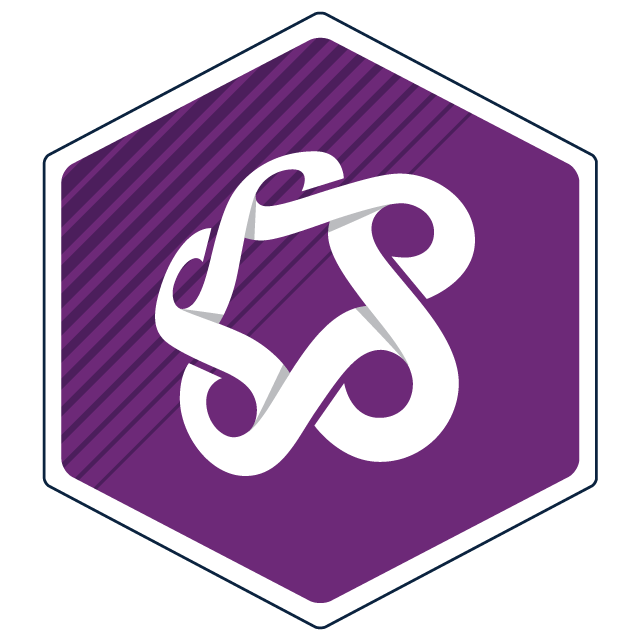Overview
Part of the AutoCAD Certificate program, AutoCAD I builds on CADD Fundamentals to help you develop the essential skills needed to produce accurate, professional two-dimensional drawings using Autodesk AutoCAD. In this hands-on micro-credential course, you’ll gain experience with AutoCAD’s interface, tools, and workflows to create, edit, organize, and present drawings that meet industry standards.
You’ll start by exploring AutoCAD’s workspace and user interface, learning how to navigate menus, apply commands, and manage files efficiently. Through guided practice, you’ll apply drawing theory to construct and edit precise 2D geometry. As you work with lines, circles, arcs, and polylines, you’ll discover how to correct errors, control display settings, and use coordinate systems to position objects accurately.
Next, you’ll learn techniques that improve drawing precision and organization using object snaps, layers, and reusable symbols (blocks) to streamline your workflow. You’ll also add professional details such as text, hatching, and dimensions, and learn to create layout views and plots that clearly communicate design intent. Each concept is introduced through practical exercises that reflect real workplace tasks in architecture, engineering, manufacturing, and design.
Throughout the course, you’ll complete a series of assignments that gradually build your technical fluency and confidence in AutoCAD. You’ll work independently at your own pace in an online format, supported by instructor feedback that helps you refine your approach and troubleshoot challenges. Your learning culminates in a final portfolio project, where you’ll produce a detailed, well-organized 2D drawing that demonstrates your applied understanding of AutoCAD tools and conventions.
By the end of the course, you’ll be able to navigate AutoCAD’s environment, apply core drawing and editing tools, organize objects effectively, and produce scaled, clearly annotated drawings ready for professional review or client presentation.
This course is ideal if you:
- want to build on introductory CADD skills to create professional 2D drawings in AutoCAD
- work in or aspire to enter architecture, engineering, manufacturing, or design fields
- are an interior or product designer seeking to produce technical documentation
- need AutoCAD proficiency to support accurate communication in multidisciplinary projects.
You must complete CADD 111 - CADD Fundamentals before registering for this course.
Upon successful completion of this course, you'll be able to:
- set up and navigate AutoCAD’s workspace and user interface
- execute basic commands in AutoCAD to open, view, navigate, edit, print, and save a drawing
- demonstrate proper use of basic drawing, editing, SNAP and viewing tools to create an object
- apply the use of Manipulate tools and reusable symbols and blocks in CAD drawing
- organize drawing objects on layers
- employ inquire commands in an AutoCAD drawing
- create a scaled layout view and plot of a drawing in AutoCAD
- demonstrate text placement in an AutoCAD drawing
- construct hatch patterns in an AutoCAD drawing
- place dimensions in an AutoCAD drawing.
To request a course outline, contact ConEdAdvising@sait.ca.
Individuals with AutoCAD training and industry experience can take exams through Autodesk to become a Autodesk Certified User (ACU) or Autodesk Certified Professional (ACP) in AutoCAD. The SAIT AutoCAD certificate program will help you build relevant skills and experience that support preparation for these certifications. Learn more about Autodesk certifications.
Upcoming dates
Select an available section and add it to your cart. When you're ready, proceed to check out to sign into your student account and complete your registration.
Don't have a student account? Let's set one up!
Registration closes seven days before the start date for on-campus, online scheduled, and blended courses, and one day before the start date for online self-paced courses.
After you've completed this course
Upon successful completion of this course, you'll be able to self-print a proof of completion document from your Continuing Education student account.
Micro-Credential
Aligned to current industry standards, SAIT’s micro-credentials develop practical, real-world skills and include competency-based testing. Earning a SAIT micro-credential demonstrates to employers you have the required competencies — both skills and knowledge — to get the job done.

Students who successfully complete this course with a final grade of A- (80%) or higher will earn a micro-credential and receive a shareable digital badge.
Costs
Textbook and reading list
Included in the purchase of this course, you'll receive:
- Access to online course content in Brightspace (D2L)
- Access to a free version of the AutoCAD software for use during the course. Software download instructions will be provided in the D2L shell.
The following textbook is required and can be purchased from the SAIT Bookstore website:
- AutoCAD 2025 Tutorial First Level 2D Fundamentals by Luke Jumper & Randy H. Shih, 2024, SDC Publications
Technology
To be successful in this course, you’ll need:
- Access to your own Windows-based computer or laptop that meets system requirements for AutoCAD and standard hardware/software requirements to use D2L
- Internet access.
Financial support
Financial opportunities are available to help pay for your course fees. Learn more about how to reduce your education or training costs with available awards, bursaries, loans and grants, including the Canada Alberta Productivity Grant.
Applicable certificates
This course applies to the following certificate programs:

Train your team
Interested in group training opportunities for this course? Tell us about your organization's needs, and one of our training consultants will contact you within one business day.

Oki, Âba wathtech, Danit'ada, Tawnshi, Hello.
SAIT is located on the traditional territories of the Niitsitapi (Blackfoot) and the people of Treaty 7 which includes the Siksika, the Piikani, the Kainai, the Tsuut’ina and the Îyârhe Nakoda of Bearspaw, Chiniki and Goodstoney.
We are situated in an area the Blackfoot tribes traditionally called Moh’kinsstis, where the Bow River meets the Elbow River. We now call it the city of Calgary, which is also home to the Métis Nation of Alberta.
